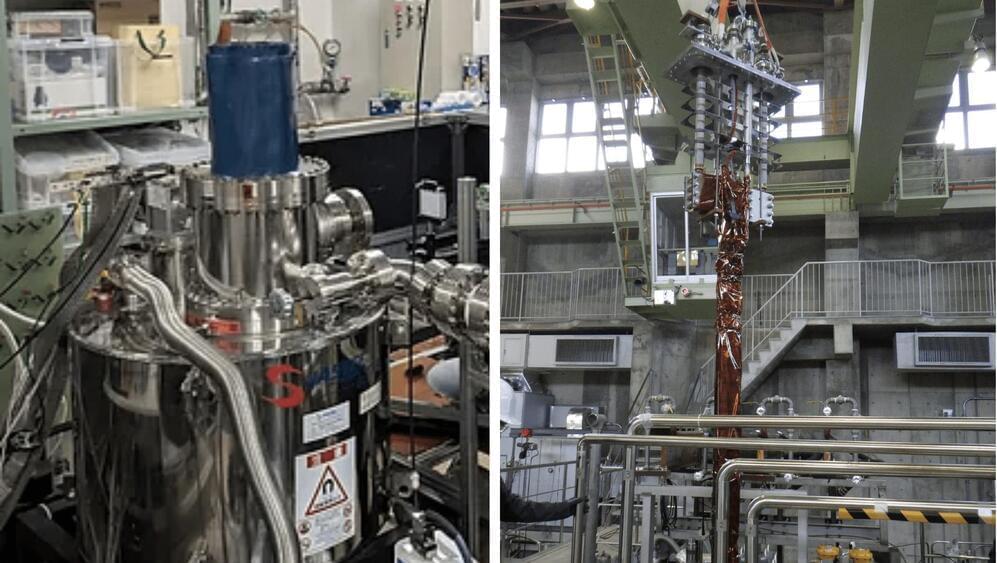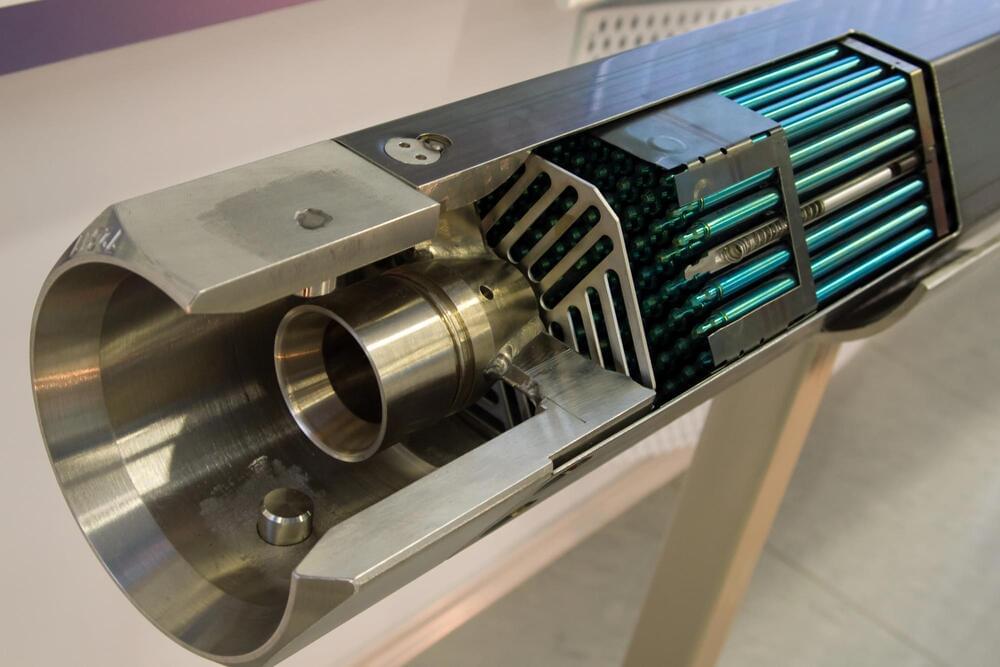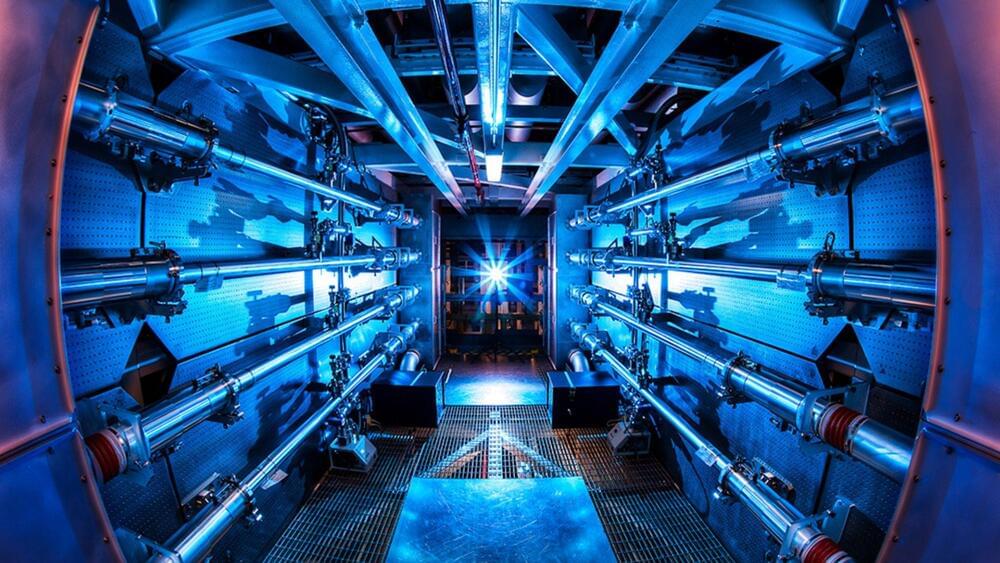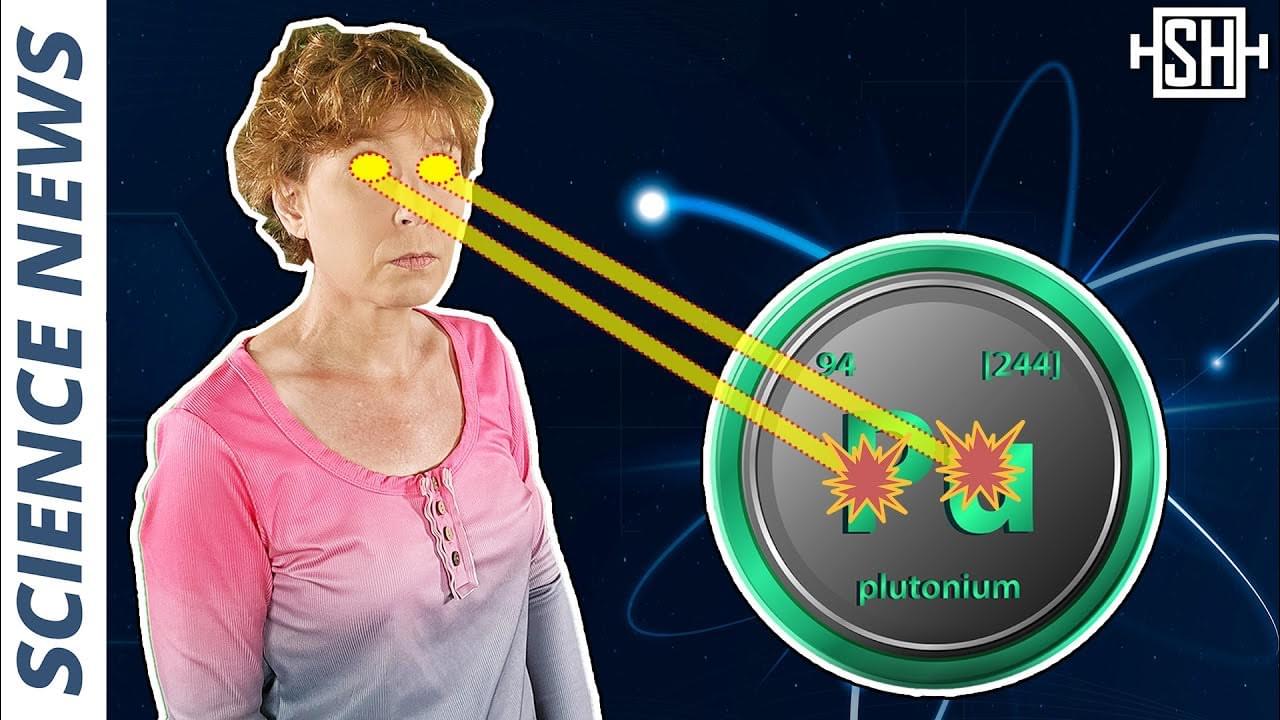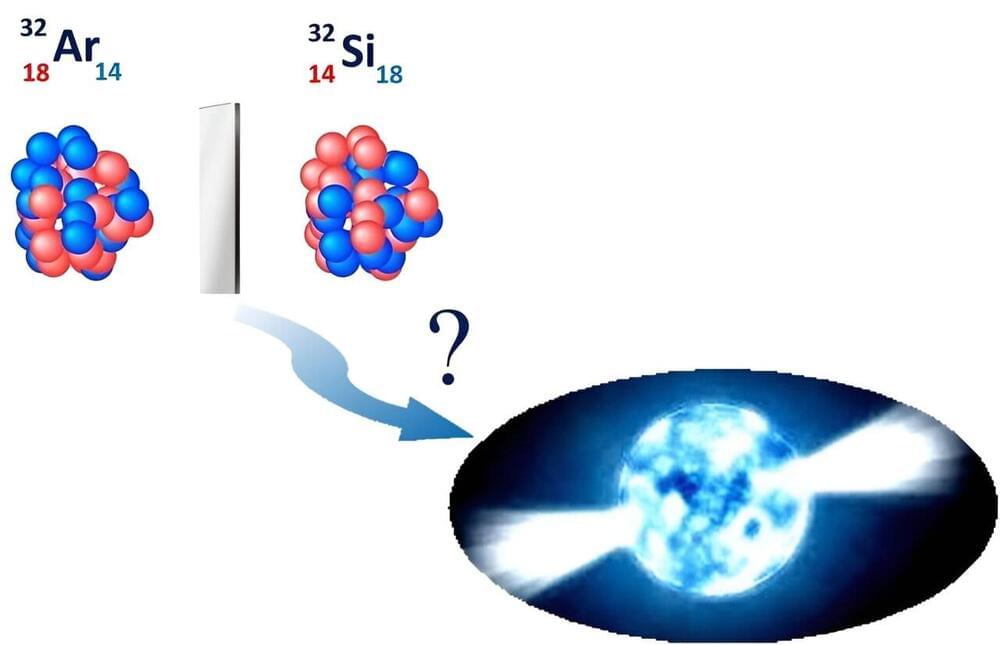
Texas is known as the dominant oil state in the US, and its grid is not the most renewable in the world. But because of its size, its traditional reliance on fossil fuels, and its rapid recent uptake of solar and batteries in the face of fierce winter storms and searing summer heat, it has been centre stage for those watching the energy transition.
It’s also interesting for Australia, because although it has about the same population, its grid demand is almost twice as great as Australia’s main grid, yet its average wind and solar penetration (31 per cent) and its peak instantaneous wind and solar penetration (71 per cent) are about the same.
While Australia is dependent still on coal, the main fossil on the Texas grid is gas, with supporting roles for nuclear and an ever decreasing amount of coal. Texas made its initial move into renewables with big wind, but is now more focused on large scale solar and battery storage.
